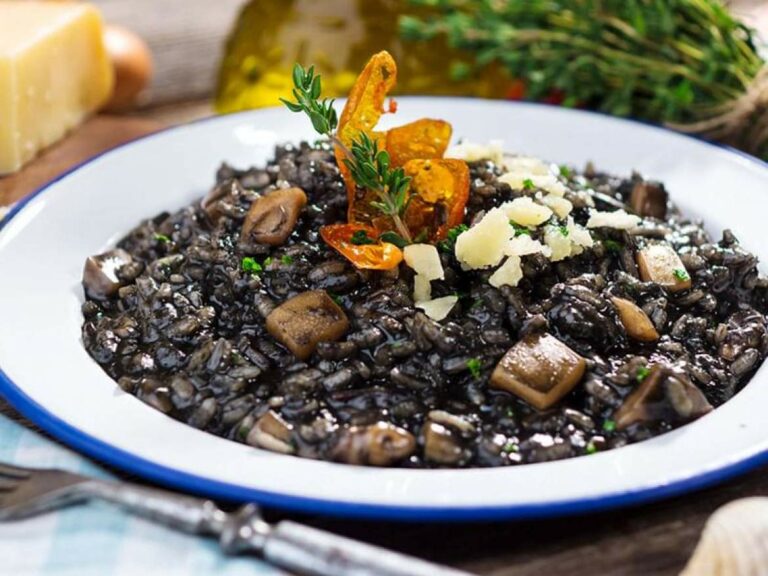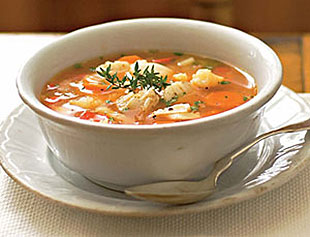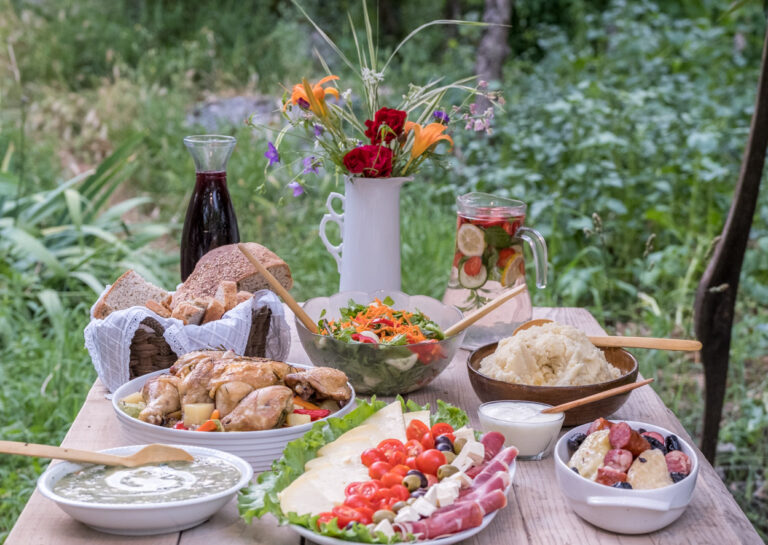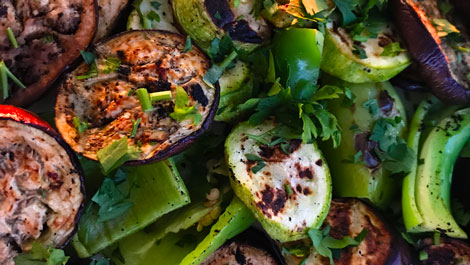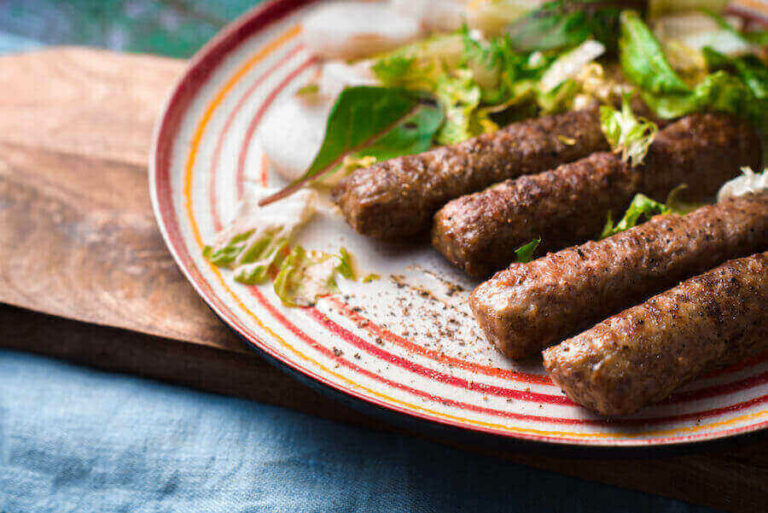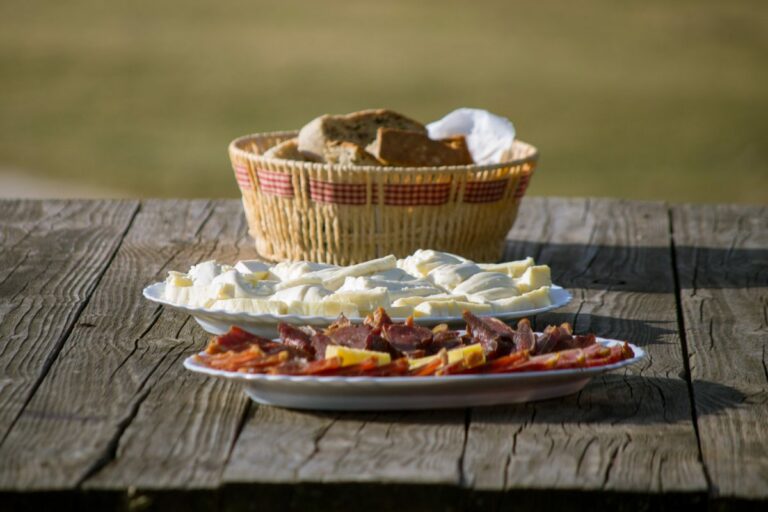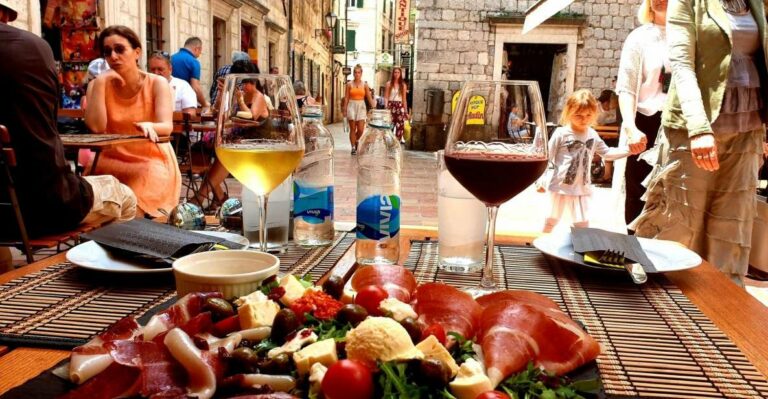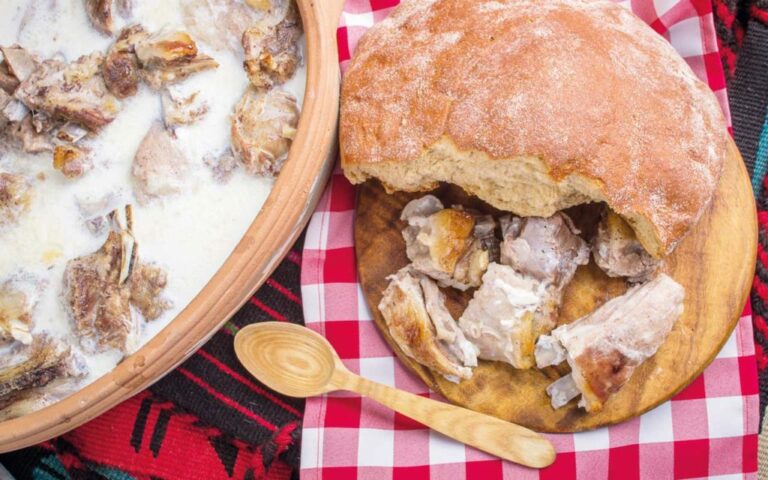Introduction
Montenegrin cuisine is a reflection of the country’s diverse cultural and geographical landscapes. The food is a fusion of Mediterranean and Balkan influences, with hints of Turkish, Italian, and Austrian culinary traditions. Montenegrin cuisine consists of hearty dishes that are made using fresh, locally sourced ingredients that are in season. The cuisine is known for its meat-based dishes, but there is also a wide range of vegetarian and seafood dishes available.
Meat and Seafood
Meat is a staple ingredient in Montenegrin cuisine, and dishes like roasted lamb, grilled pork, and smoked ham are popular. Seafood is also a major part of the cuisine, given the country’s proximity to the Adriatic Sea. Fish, squid, octopus, and mussels are commonly used, and dishes like grilled fish, seafood risotto, and black risotto are popular. Montenegrin cuisine also features a variety of charcuterie products like prosciutto, sausages, and smoked meats.
Vegetables and Herbs
Vegetables and herbs play an essential role in Montenegrin cuisine, with dishes like stuffed peppers, zucchini, and eggplants being popular. Tomatoes, cucumbers, onions, and garlic are commonly used, and herbs like parsley, dill, and bay leaves are used for seasoning. Montenegrin cuisine also includes traditional dishes like goulash, which features potatoes, carrots, and bell peppers, and pasulj, which is a bean stew.
Dairy and Cheese
Dairy products like yogurt, sour cream, and buttermilk are commonly used in Montenegrin cuisine, and cheese is a particular delicacy. Montenegrin cheese is made from cow’s, sheep’s, or goat’s milk and is either fresh or aged. Some popular cheeses include kajmak, a creamy, spreadable cheese, and sir, a firm, salty cheese that is often grated over dishes.
Grains and Bread
Bread is a staple food in Montenegrin cuisine, and there are many varieties available, including lepinja, a round, flatbread, and somun, a soft, white bread. Cornmeal is also used to make dishes like polenta, which is often served with meat or cheese. Rice is also a popular side dish and is used in dishes like pilaf.
Beverages and Desserts
Montenegrin cuisine features a variety of refreshing beverages, including rakija, a type of brandy made from grapes or plums, and komovica, a brandy made from grape pomace. Wine is also a popular beverage, and Montenegro has a long tradition of wine-making. As for desserts, baklava, a sweet pastry made with layers of phyllo dough and chopped nuts, is a popular choice, as are palacinke, thin, crepe-like pancakes filled with jam or chocolate spread.

